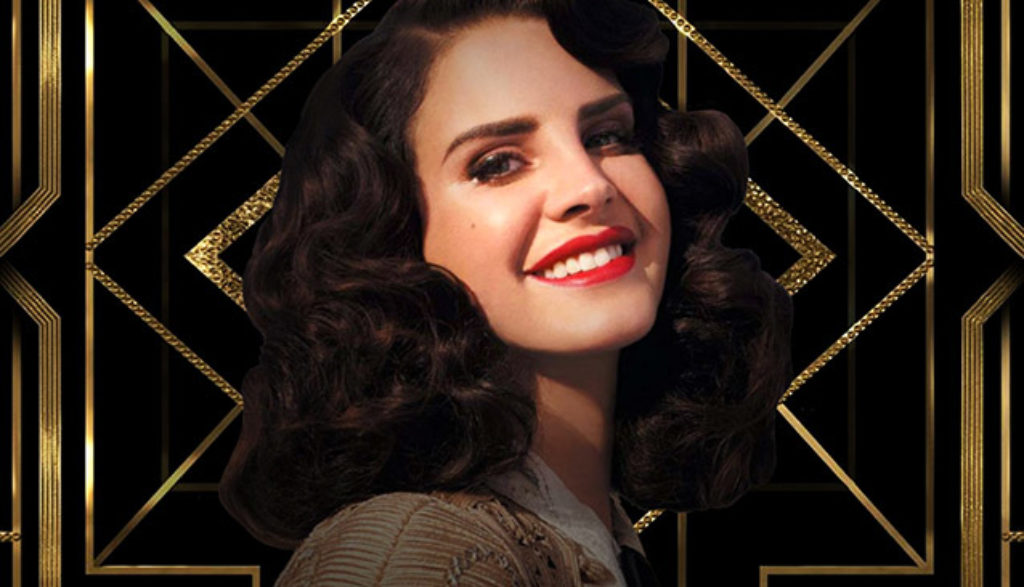

Maybe it’s the way she smilingly slips his name into the lyrics, as if she’s just mounted a trophy. Its sentimentality is a mismatch for Del Rey’s pensiveness, and yet one gets the sense she put poor Sean up to it. Meanwhile, “Tomorrow Never Came,” Del Rey’s duet with Sean Lennon, seems a woefully obvious attempt to raise the vibration of his father. For the length of the line, “When I love him get a feelin’, somethin’ close to like a sugar rush,” you’ll wish they’d recorded a whole album together. “Beautiful People Beautiful Problems” steadies itself on Stevie Nicks’ richly honied vocals, and the song itself (on which Nicks receives a co-writing credit) is a more-than-passable homage to her style. She’s always borrowed freely, and on Lust for Life, she relishes her position as a kind of cultural medium. “13 Beaches” opens with a clip from Carnival of Souls, a half-forgotten 1962 cult horror perfectly in line with Del Rey’s love for eerie, cinematic Americana.īut one needs little background in anything to appreciate her.


In place of Ultraviolence ’s strung-out surf guitar and Honeymoon ’s soporific strings, Life has a few cloudy synthesizers and samples of the wind. It trades in the same intently, atmospherically narcotic sound Del Rey and primary producer Rick Nowels have favored since the beginning. Lust for Life is a spectacular 72 minutes long. Lana Del Rey, lest you forget, reinvented herself only once. The result is predictably awkward, but no matter, because “Coachella” is too busy cribbing from “Stairway to Heaven” to pose the ponderously strange question of what Lana would say to God. On “Coachella-Woodstock in My Mind,” Del Rey observes Father John Misty, nuclear standoff with North Korea, and her own songwriting process in real time. For the first time, there are guest artists, representing an already well-established spectrum of sonic and creative inspirations: The Weeknd, Stevie Nicks, A$AP Rocky, Sean Lennon, and (barely) Playboi Carti. Her fourth full-length, Lust for Life, opens on the pneumatic purr of “Love,” as calm and satisfied a song as she’s ever written. Yet in 2017, Lana Del Rey is out here doing witchcraft against Donald Trump, and unlikely cracks of sun are peeking into her aura of gloom. They’ve been an impractical outlet for social commentary, to say the least. Her stage has just one spotlight the plot usually traces doomed loves and open roads, rarely interpolating an event more current than the Kennedy assassination. Lana Del Rey’s albums are swanning, magisterial projects, as long as some films, except that films have multiple characters.


 0 kommentar(er)
0 kommentar(er)
